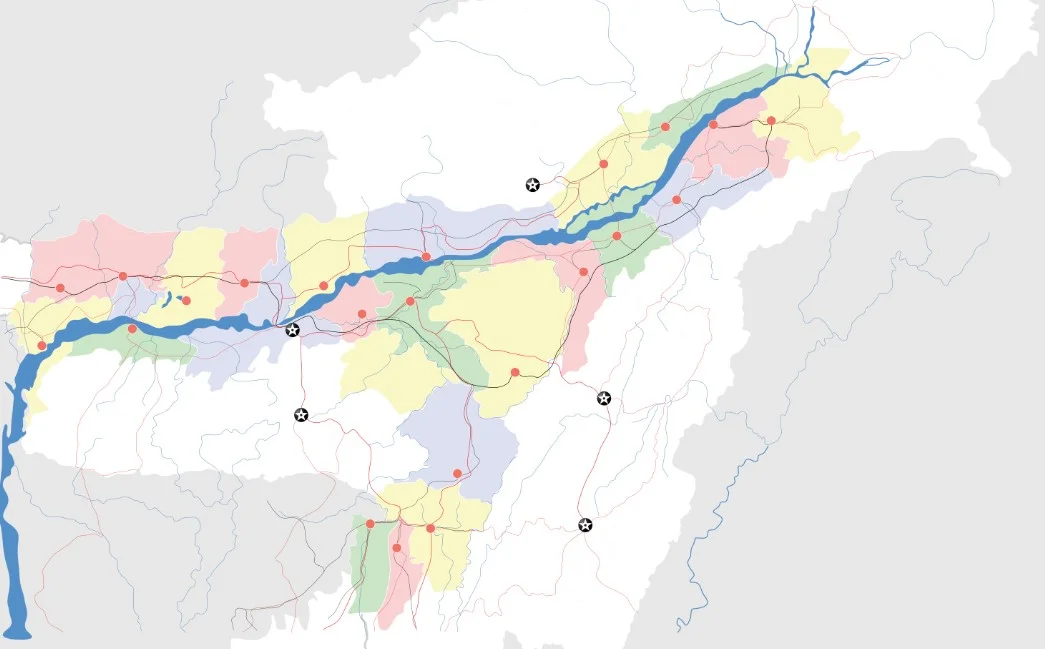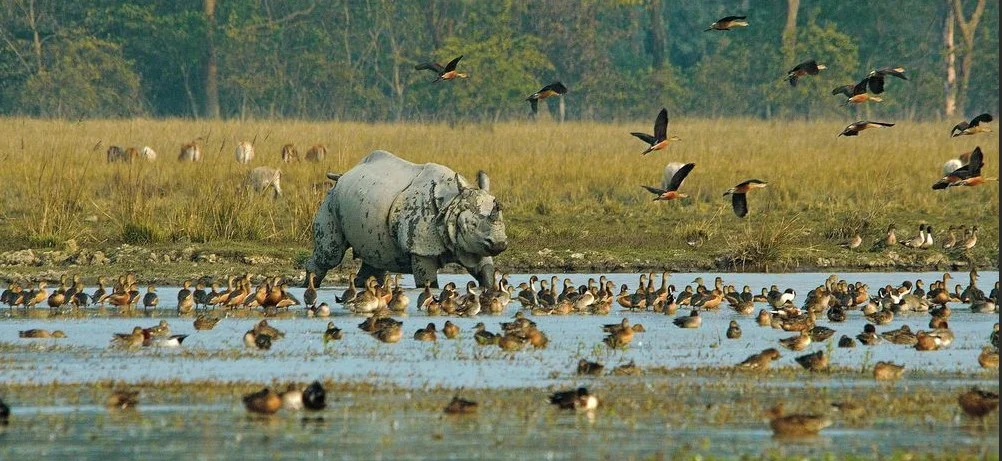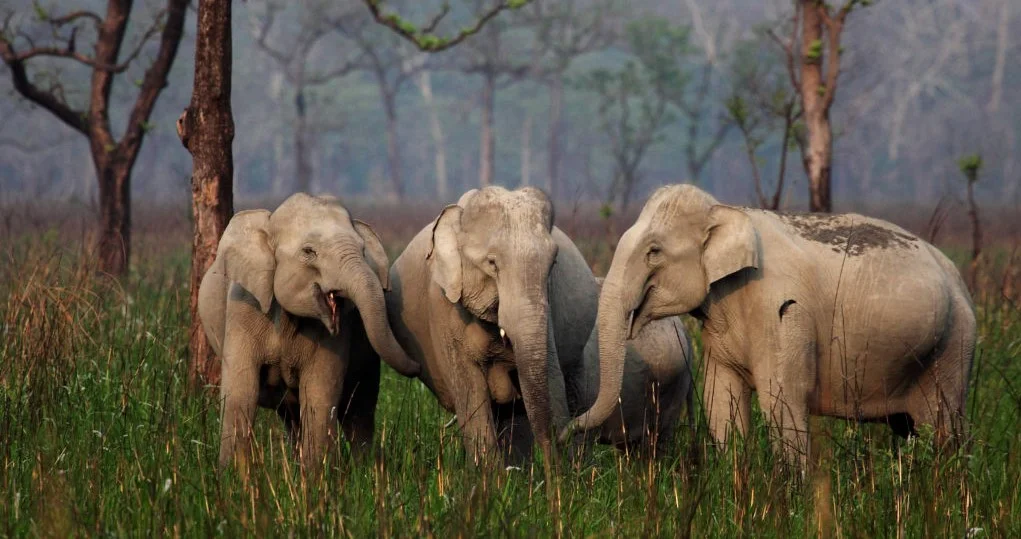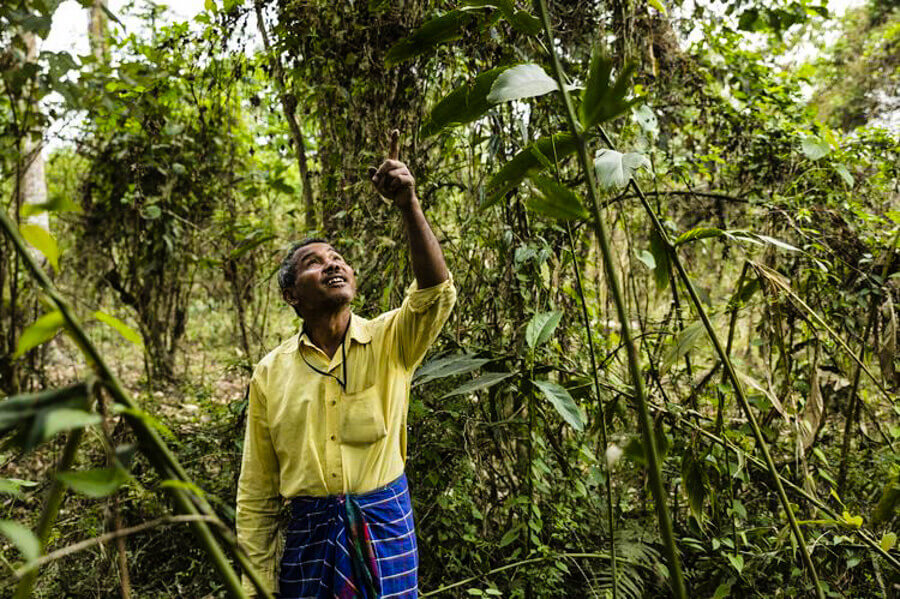In a significant boost to wildlife conservation, the Himachal Pradesh Forest Department captured the first-ever photographic evidence of the elusive Woolly Flying Squirrel in late 2024. The rare mammal was spotted in the Miyar Valley of the Lahaul and Spiti district, an area tucked away in the Himalayas. Once believed to be extinct until it was rediscovered in 1994, this latest sighting marks a major milestone for conservation efforts in the region.
Meet the Woolly Flying Squirrel
Scientifically known as Eupetaurus cinereus, the Woolly Flying Squirrel is a remarkable nocturnal creature found only in the northwestern Himalayas. It holds a unique status as the sole species in the genus Eupetaurus. Its rediscovery in the ’90s brought renewed attention to its conservation, emphasizing the need to protect such rare species.
Where It Lives
The Woolly Flying Squirrel inhabits isolated stretches of dry conifer woodlands in northern Pakistan and northwestern India. Since its rediscovery, it has been sighted in regions like Sai Valley, Gorabad, and Balti Gali in Pakistan. Its range is extremely narrow, confined to a specific elevational band, making it highly susceptible to environmental changes.
Distinctive Appearance
This squirrel is equipped with elastic skin membranes that stretch between its limbs, enabling it to glide effortlessly between trees. Its fur is dense and soft, with a blue-gray back and a pale gray belly. Notably, it has creamy white fur on the throat and ears, while its feet are shielded by black fur on the soles—a unique adaptation to its rugged habitat.
Conservation at a Glance
Listed as ‘Endangered’ by the IUCN, the Woolly Flying Squirrel faces the dual threat of habitat loss and limited distribution. Conservation actions are more crucial than ever to ensure this mysterious species doesn’t vanish again.
Research That Led to the Discovery
The image of the squirrel was captured by camera traps originally set up for a Snow Leopard census between October and December 2024. This effort was part of the Snow Leopard Population Assessment in India (SPAI), a national initiative aimed at studying snow leopards and their high-altitude ecosystems. The unexpected documentation of the Woolly Flying Squirrel adds an exciting layer to the project’s impact.












